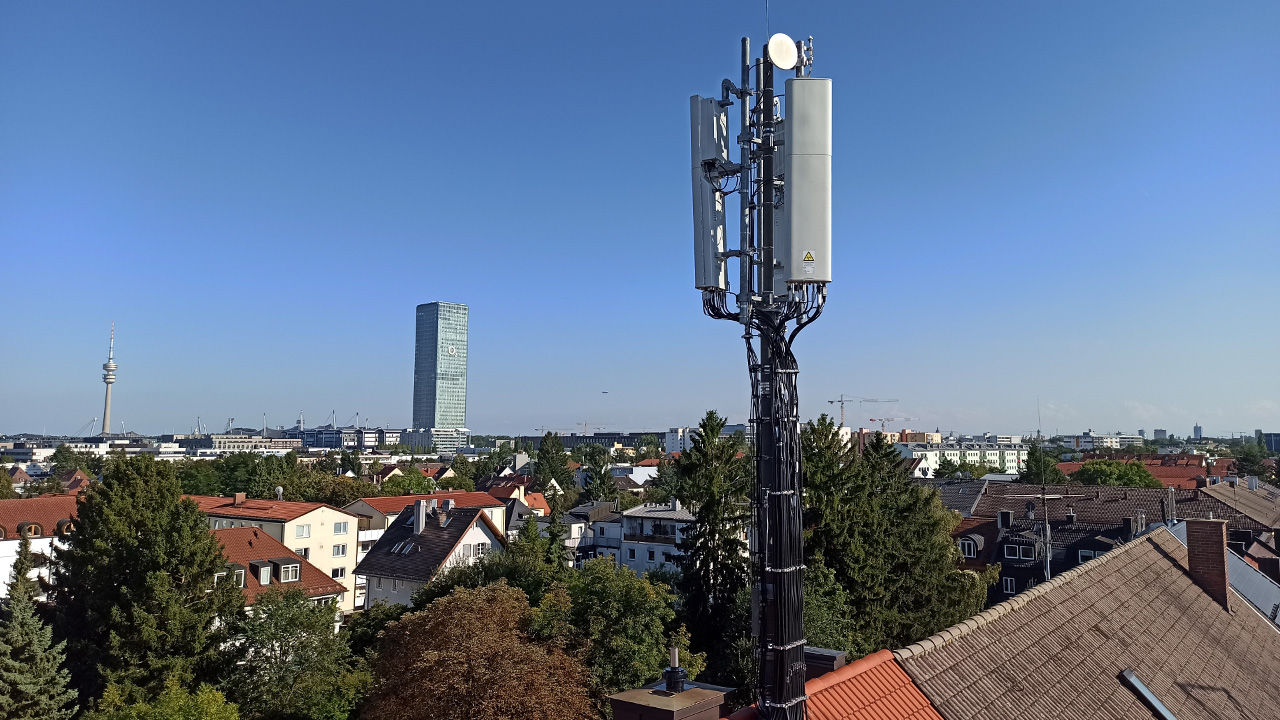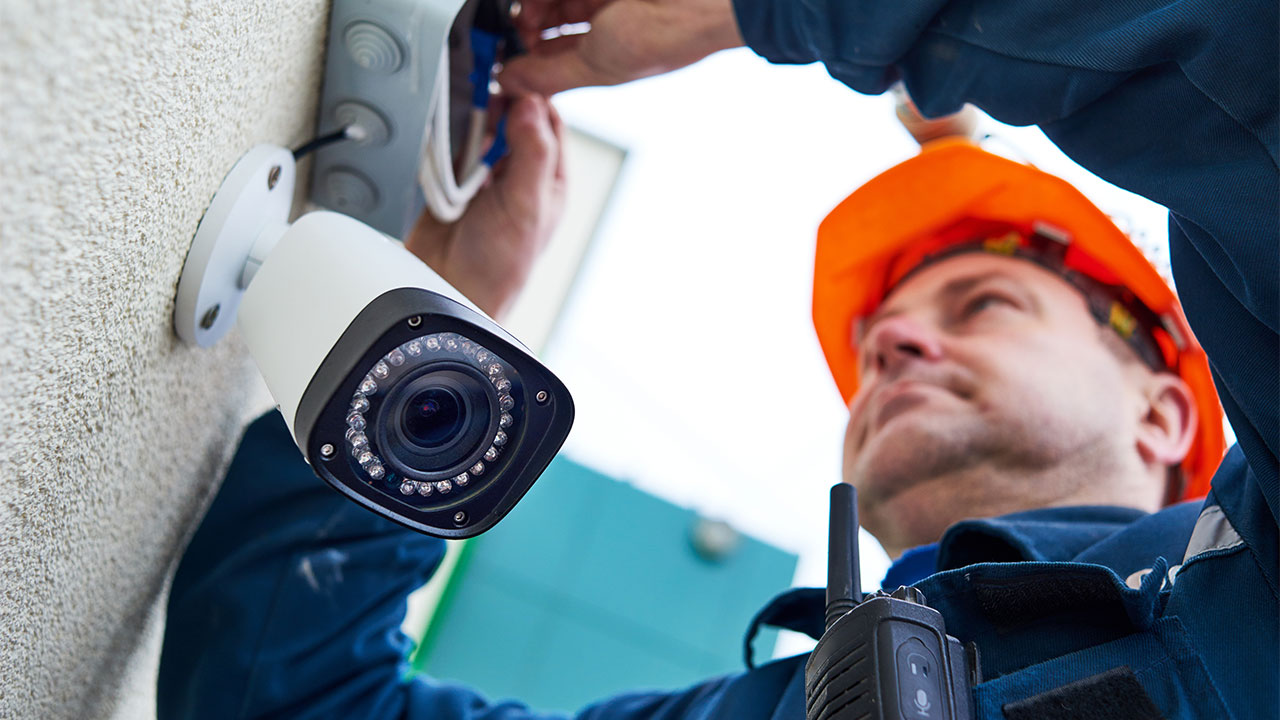05.04.2024
New 5G technology for the Internet of Things:O2 Telefónica tests "5G RedCap" in Munich

The telecommunications provider successfully tested compatibility with O2 Telefónica's 5G network for the first time in Munich
Telecommunications provider O2 Telefónica is trialling the 5G technology "5G RedCap" (Reduced Capability) to connect Internet-of-Things devices cost-effectively. Thanks to new radio modules in the end devices, 5G RedCap enables reduced 5G networking of wearables, industrial sensors and monitoring systems adapted to the actual application purposes. The devices can thus be produced, integrated into the network and operated more cost-effectively. The telecommunications provider successfully tested compatibility with O2 Telefónica's 5G network for the first time in Munich.
New services and smart applications need more data

Mallik Rao
"5G RedCap can bring new momentum to the Internet of Things. The technology closes a gap between the previous 4G network and high-performance 5G applications in the IoT sector. O2 Telefónica has successfully trialled the integration of 5G RedCap devices in the network. With our network, we are creating the technical prerequisites for connecting millions of devices efficiently and cost-effectively. It will be crucial to see how the market, the product world and digital applications develop," explains Mallik Rao, Chief Technology & Information Officer of O₂ Telefónica.
The 5G network of O2 Telefónica is prepared for the use of 5G RedCap - because it does not need dedicated antennas. The standard is compatible with the normal 5G frequencies. Only the end devices require a 5G RedCap-capable radio module. O2 Telefónica is working with module and device manufacturers to drive development forward and optimize the interaction between the network and the end device. The industry expects a growing number of 5G RedCap-capable IoT end devices to be available from 2025.
5G RedCap – optimized for use cases instead of maximum performance
5G RedCap provides an efficient and future-proof alternative to 4G for use cases that do not require the full range of 5G features. The technology offers similar performance to LTE (category 4). The technology thus closes the gap between the high-performance 5G variants commonly used by smartphones and the LTE-M and Narrowband IoT mobile technologies for networking machines and sensors. 5G RedCap enables greater scalability of 5G services and allows operators to serve all IoT devices with the 5G network in the future. Due to their reduced 5G functions, RedCap devices can be produced and purchased more cost-effectively.
New possibilities for industrial applications
5G RedCap is interesting for business-to-business applications
5G RedCap is interesting for business-to-business (B2B) applications. For example, it is suitable for wireless industrial routers that can be used to monitor and control machines and systems. These require reliable connectivity in the data connection. However, gigabit speeds and latency times of a few milliseconds, which 5G theoretically offers, are less relevant. Industrial routers typically connect factories to the internet, transmit data, convert protocols and monitor the status of machines. The transmitted data is often only several kilobytes or megabytes in size. The 5G RedCap radio modules of such routers therefore only offer reduced 5G maximum speeds - but improved latency compared to 4G/LTE, which means that data is captured and processed faster. In addition, 5G ensures more stable connections.
Surveillance cameras can be networked more energy- and cost-efficiently
The same applies to wireless surveillance cameras that transmit images and videos from the factory premises, for example. 5G RedCap modules enable fast video transmission. However, they are less expensive than conventional 5G modules and require less energy.
The IoT segment is a strong growth market. The demand for 5G RedCap technologies could therefore increase rapidly. According to a study by Juniper Research, the number of 5G-connected IoT devices in mobile networks will increase from 35 million in 2024 to over 360 million in 2028. 5G RedCap can accelerate this 5G transformation.
All parties involved - telecoms providers, network equipment suppliers and device manufacturers - must work together to implement it. This will enable them to make the 5G RedCap ecosystem as efficient as possible in the coming years.

